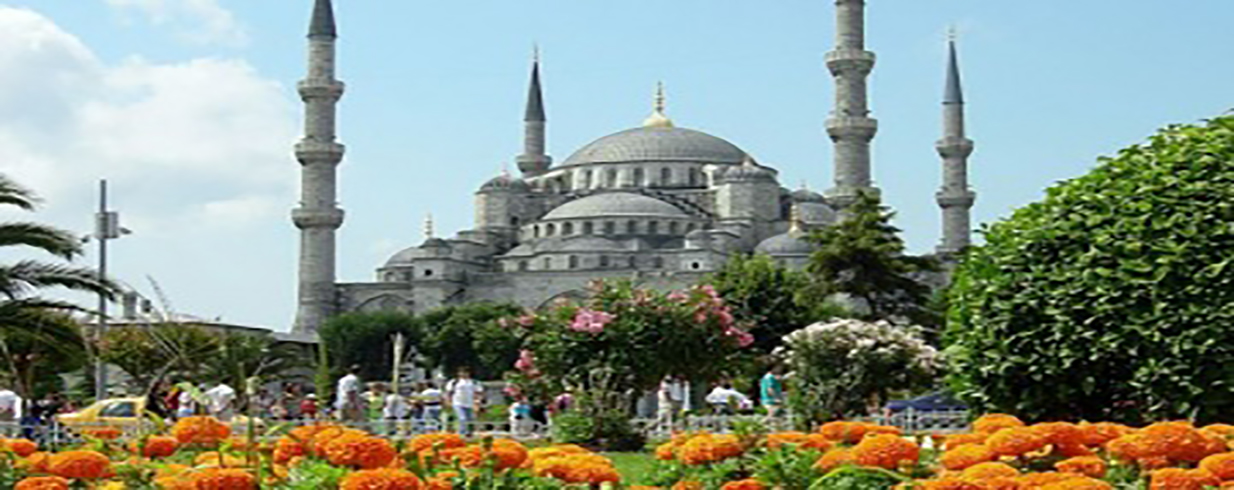Istanbul is an extraordinary city as far as its verifiable surface. The city was the capital of the Ottoman Empire for over 400 years. The finest cases of the Ottoman design plainly show themselves in the mosques and you can see them all around Istanbul. Here are probably the most regularly gone by mosques in Istanbul.
Blue Mosque
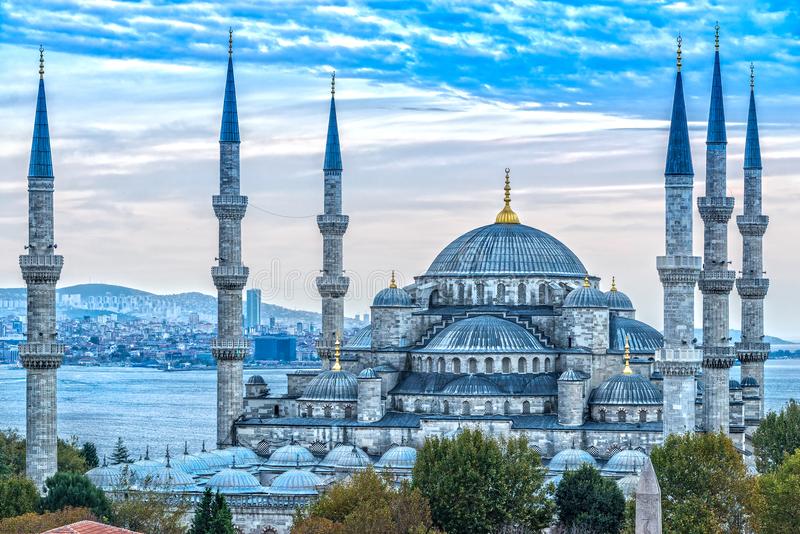
Called also as Sultan Ahmet Mosque, Blue Mosque gets its name from the delightful blue tiles decorating its inside dividers. Amid the manage of the Ottoman Sultan Ahmed I. the Mosque was developed between the years 1609 and 1616. Despite the fact that it incorporates some Byzantine Christian components as far as engineering, it is an incredible case of customary Islamic design and considered as the last and the finest case of the traditional Ottoman time frame.
Today, notwithstanding being utilized as a mosque, Blue Mosque is a standout amongst the most prominent vacation destinations in Istanbul’s Sultanahmet. And Pope Benedict XVI also went by Blue Mosque on 30 November 2006.
Ortaköy Mosque
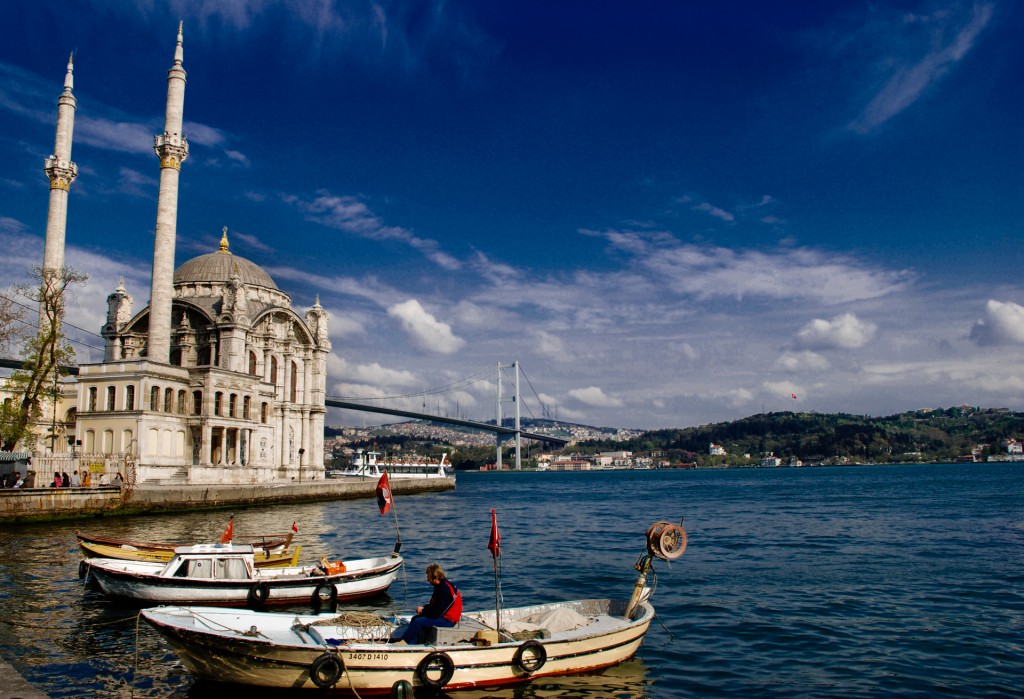
Situated in Ortaköy, Beşiktaş, this Mosque is outstanding amongst other known images of the area. In Turkish it is known as “Büyük Mecidiye Camii”, or Grand Imperial Mosque of Sultan Abdülmecid. Situated right by the Bosphorus, the Mosque was developed in neo-ornate style.
Hagia Sophia

Signifying "Blessed Wisdom", Hagia Sophia was developed in 537. It was at first a Christian patriarchal basilica; in any case, it was changed over into a mosque directly after the great success of Istanbul by the Ottoman Sultan Mehmed the Conqueror. At long last in 1935, Mustafa Kemal Atatürk, the originator of the Republic of Turkey and the main Turkish president, secularized the working by transforming it into a museum. Hagia Sophia is currently among the most exceptional cases of Byzantine design. It is unquestionably a-must-see!
Süleymaniye Mosque
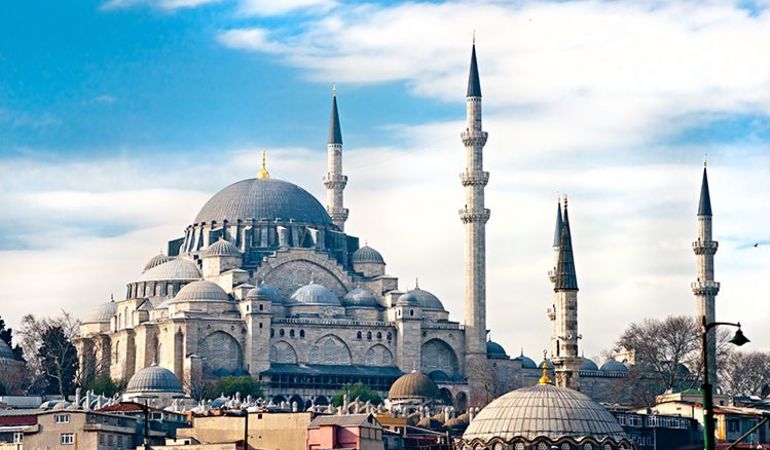
Worked under the request of Sultan Suleiman the Magnificent, Suleymaniye Mosque is the biggest one in Istanbul. It is situated in Beyazıt Hill, the third slope of Istanbul. In spite of the fact that it was harmed by a fire in 1660 and a seismic tremor in 1766, it was reestablished and recovered the majority of its grandness. Much the same as other magnificent mosques in Istanbul, Süleymaniye mosque was likewise outlined as intricate, known as “Külliye” in Turkish. The first complex comprised of a few offices notwithstanding the mosque itself, for example, a healing center, an elementary school, open showers, a medicinal school, and an open kitchen serving sustenance to poor people. A significant number of these structures still survive today, and can be gone by consistently from 9 a.m. to 6 p.m., aside from the supplication times.
Eyüp Sultan Mosque
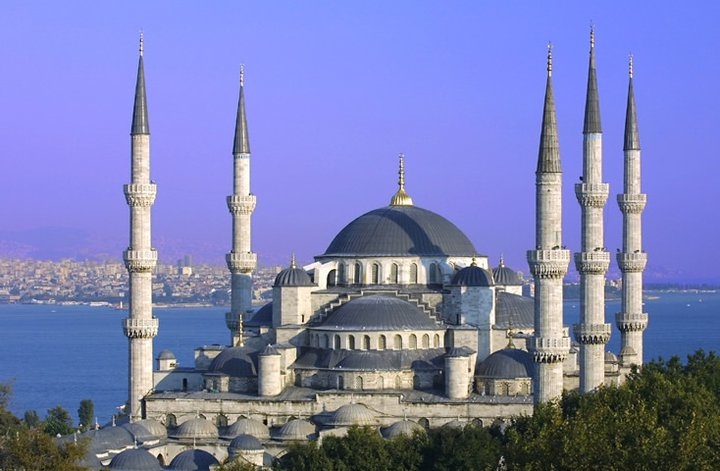
Eyüp Sultan Mosque is situated in Eyüp, close to the Golden Horn. Its development began in 1458, only 5 years after the triumph of Istanbul. Be that as it may, it was totally annihilated and remade upon the requests of the Ottoman Sultan Selim III toward the start of the nineteenth century. It is presently gone to by a great many individuals consistently, both for religious and touristic purposes.
Fatih Mosque
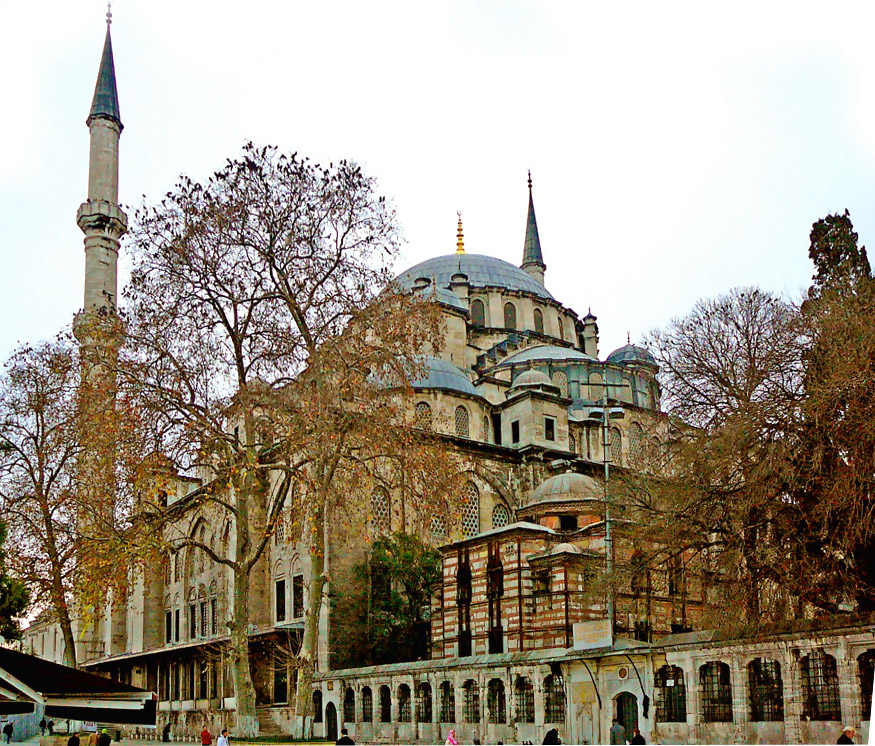
Another mosque on the fourth of the seven slopes of Istanbul, Fatih Mosque was based upon the requests of the Great Conqueror of Old Constantinople, Fatih Sultan Mehmed. The mosque was developed as a complex including a few structures to serve both social and religious needs.
Rüstem Pasha Mosque
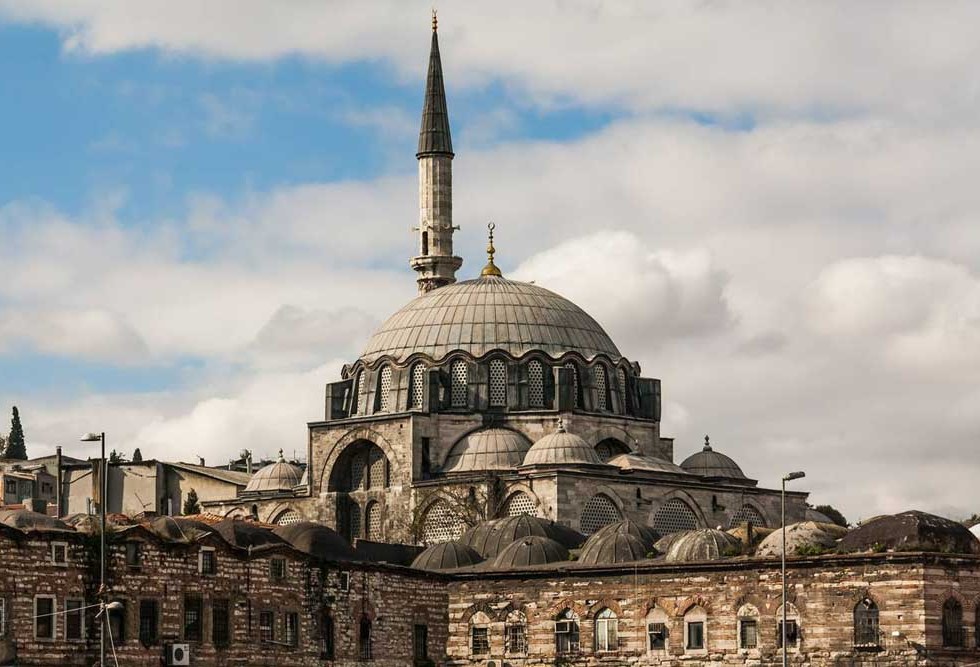
Rüstem Pasha Mosque is a sixteenth century mosque situated in the Fatih region. It was authorized for Rüstem Pasha, the amazing vizier of Sultan Suleiman the Magnificent. Rüstem Pasha was also the lawful spouse of Mihrimah Sultan, the daughter of Sultan Suleiman the Magnificent and Hurrem Sultan.
Rüstem Pasha Mosque is acclaimed for Iznik tiles ornating the yard and also the mihrab, minbar and dividers of the mosque in roughly 80 unique examples.
Bayezid II Mosque

Situated in the Beyazıt Square in Istanbul, Bayezid II Mosque was charged by the Ottoman Sultan Bayezid II. The complex incorporates the tombs of Sultan Bayezid II, his little girl, and his vizier and additionally a few shops, the rents of which were gathered in order to monetarily bolster the mosque.
Nuruosmaniye Mosque
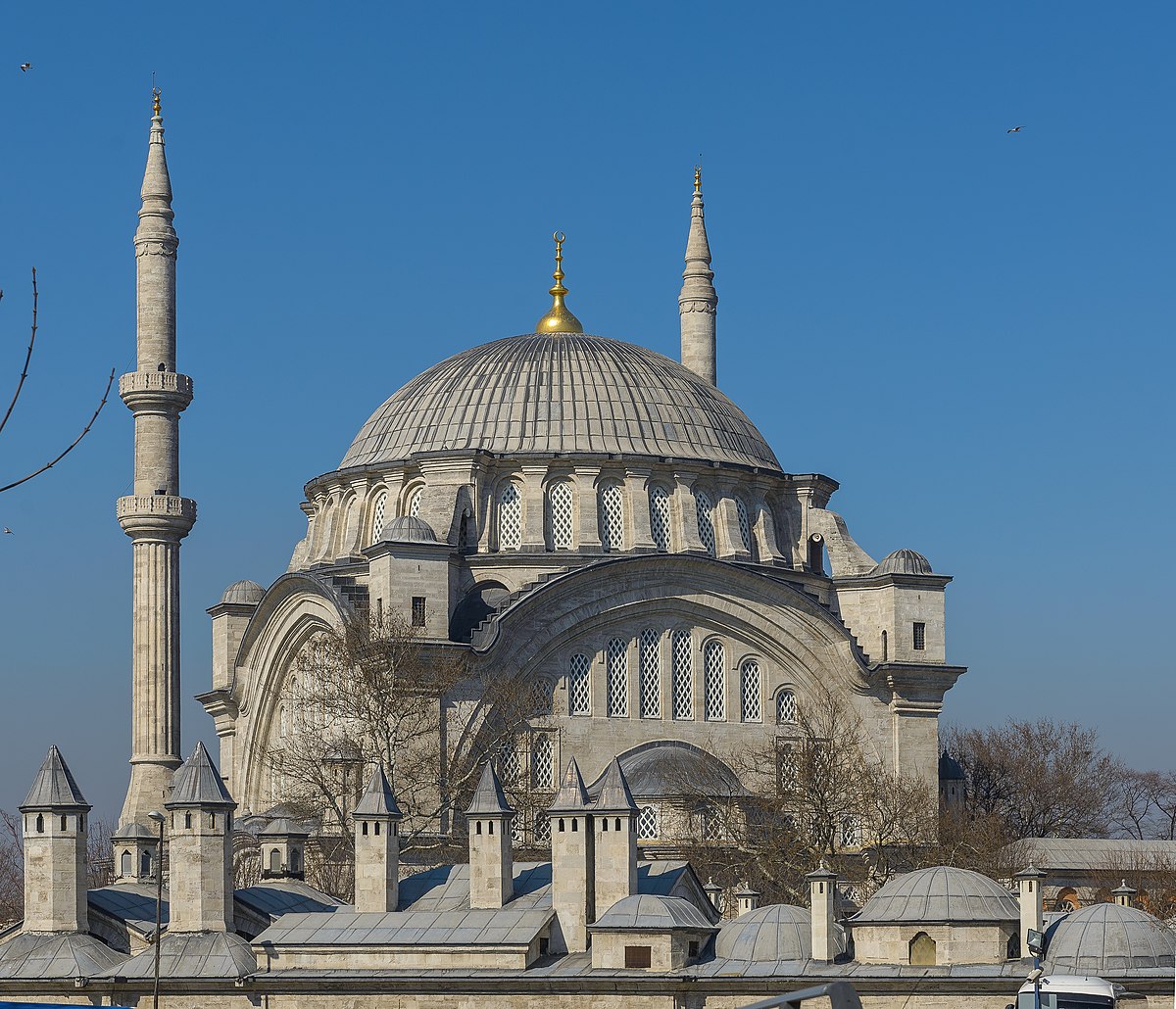
Viewed as an incredible case of the Ottoman rococo style, Nuruosmaniye Mosque draws in the consideration of the two local people and travelers alike. It is situated in Çemberlitaş, Fatih. Nuruosmaniye truly signifies "the light of Osman", alluding to the Ottoman Sultan Osman III. Nuruosmaniye Mosque is near Grand Bazaar, which adds to its prevalence as an exceptionally surely understood vacation spot in Istanbul.
Şehzade Mosque
Another mosque charged by Sultan Suleiman the Magnificent, Şehzade Mosque is also called as the Prince's Mosque because of the way that Sultan Suleiman had this mosque worked as a remembrance for his most loved child, Prince Mehmed. Sultan Suleiman thought to enthrone Prince Mehmed since he was the oldest child of Suleiman's just lawful spouse, Hürrem Sultan. Ruler Mehmed's awkward demise, be that as it may, made the Sultan so steamed that he actually grieved his child for forty days. From that point forward, he had the majestic draftsman, the world-acclaimed Architect Sinan to outline this mosque. Draftsman Sinan planned the complex, a work he would later call crafted by his apprenticeship. The complex is comprised of five noteworthy segments: a mosque, the tomb of Rüstem Pasha, the tomb (turbe) of Prince Mehmet, a tabhane (lodging), and a madrasa (religious school).
